Some aspects are different. With the digital workflow, precision and accuracy can be quantitatively measured, such as via surface scanning and comparison with the digital impression (Fig. 1). This is fundamental for predicting how parts will adapt intra-orally and has the added benefit of peace of mind for both clinician and patient that the prostheses and appliances are suitably accurate for the patient’s condition.
Additionally, the timing of the delivery of digital products may have implications for the patient’s appointment schedule. For example, for a complete denture, the digital workflow requires half the number of appointments compared with traditional workflows. Moreover, in case of loss or fracture, a new denture can be easily refabricated using the digital files and only a seating appointment is required.
Comparing milling and 3D printing
Milling has been used in the dental profession for longer than 3D printing. The most significant difference between the two technologies is how they are conducted. Milling, or subtractive manufacturing, begins with a solid block of material (such as PMMA or zirconia) and uses cutting tools to remove material until the final shape is achieved. In contrast, 3D printing, or additive manufacturing, uses various processes to build up the raw material into its final shape, one layer at a time. Dental 3D printers typically use a viscous liquid resin that reacts with light to become solid, using a laser or other light source to selectively expose the material to light and polymerise it in place.
Given the difference in the nature of the manufacturing processes, the design parameters to bear in mind are different. In milling, we acknowledge limitations such as milling radius compensation during the design and preparation of our restoration or splint for its specific output. In 3D printing, there are fewer design limitations, but file preparation for manufacturing requires more attention, such as the orientation of the part relative to the printer (Fig. 2) and the use of supporting structures to hold the part securely during the printing process (Fig. 3).
The costs of operation and maintenance of each manufacturing option are relevant when analysing investment. In milling, it is important to acknowledge the total waste generated in production, as well as the long-term maintenance costs. In printing, the waste is reduced owing to the nature of the manufacturing process, but some equipment requires nearly as much maintenance as milling machines, and consumables like resin tanks can be expensive.
Lastly, the materials available and developed for each manufacturing system and clinical indication are important to analyse and understand, as well as the clinical scenarios for which dental professionals will opt for one technology or the other.



 Austria / Österreich
Austria / Österreich
 Bosnia and Herzegovina / Босна и Херцеговина
Bosnia and Herzegovina / Босна и Херцеговина
 Bulgaria / България
Bulgaria / България
 Croatia / Hrvatska
Croatia / Hrvatska
 Czech Republic & Slovakia / Česká republika & Slovensko
Czech Republic & Slovakia / Česká republika & Slovensko
 France / France
France / France
 Germany / Deutschland
Germany / Deutschland
 Greece / ΕΛΛΑΔΑ
Greece / ΕΛΛΑΔΑ
 Hungary / Hungary
Hungary / Hungary
 Italy / Italia
Italy / Italia
 Netherlands / Nederland
Netherlands / Nederland
 Nordic / Nordic
Nordic / Nordic
 Poland / Polska
Poland / Polska
 Portugal / Portugal
Portugal / Portugal
 Romania & Moldova / România & Moldova
Romania & Moldova / România & Moldova
 Slovenia / Slovenija
Slovenia / Slovenija
 Serbia & Montenegro / Србија и Црна Гора
Serbia & Montenegro / Србија и Црна Гора
 Spain / España
Spain / España
 Switzerland / Schweiz
Switzerland / Schweiz
 Turkey / Türkiye
Turkey / Türkiye
 UK & Ireland / UK & Ireland
UK & Ireland / UK & Ireland
 Brazil / Brasil
Brazil / Brasil
 Canada / Canada
Canada / Canada
 Latin America / Latinoamérica
Latin America / Latinoamérica
 USA / USA
USA / USA
 China / 中国
China / 中国
 India / भारत गणराज्य
India / भारत गणराज्य
 Pakistan / Pākistān
Pakistan / Pākistān
 Vietnam / Việt Nam
Vietnam / Việt Nam
 ASEAN / ASEAN
ASEAN / ASEAN
 Israel / מְדִינַת יִשְׂרָאֵל
Israel / מְדִינַת יִשְׂרָאֵל
 Algeria, Morocco & Tunisia / الجزائر والمغرب وتونس
Algeria, Morocco & Tunisia / الجزائر والمغرب وتونس
 Middle East / Middle East
Middle East / Middle East




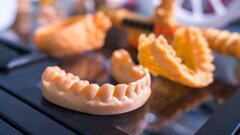



















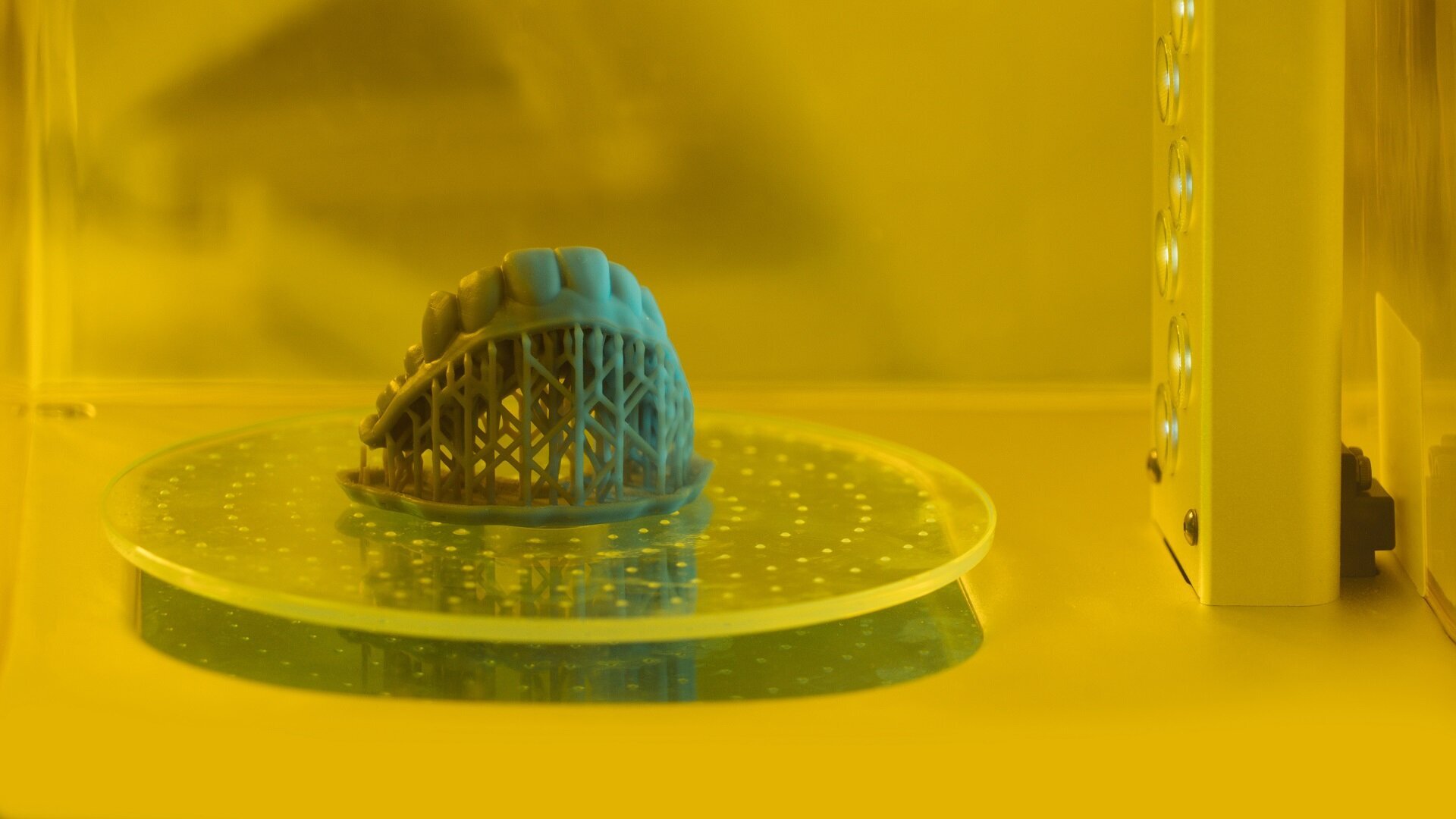

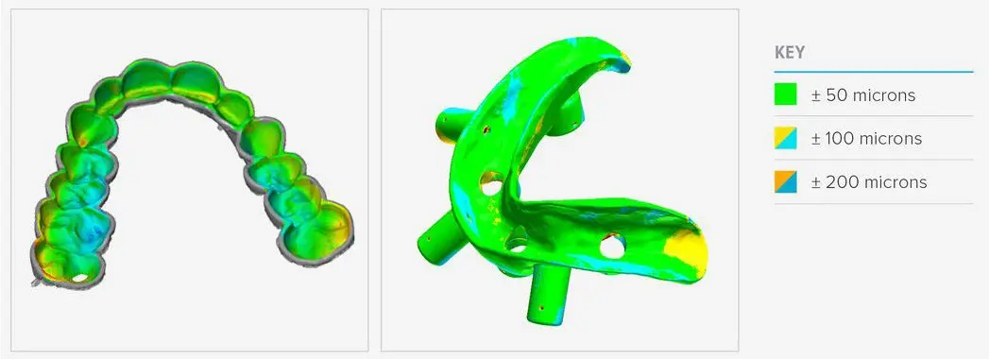
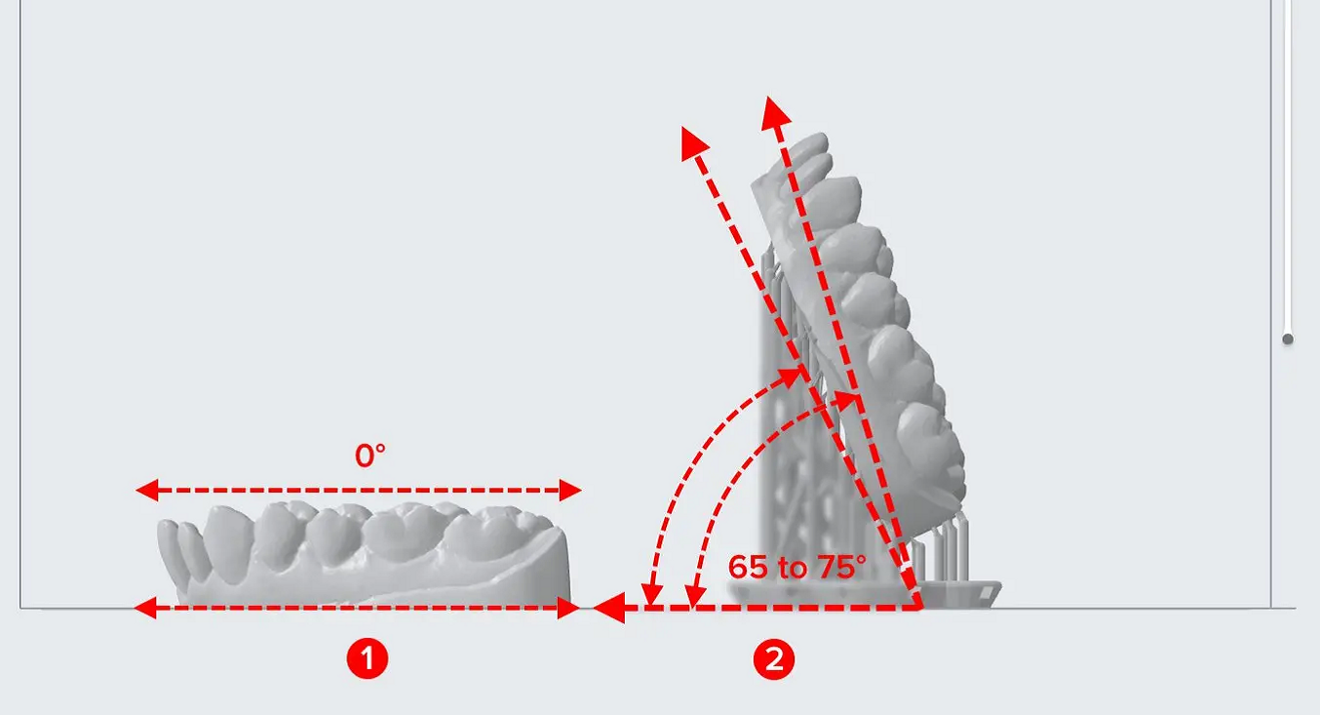
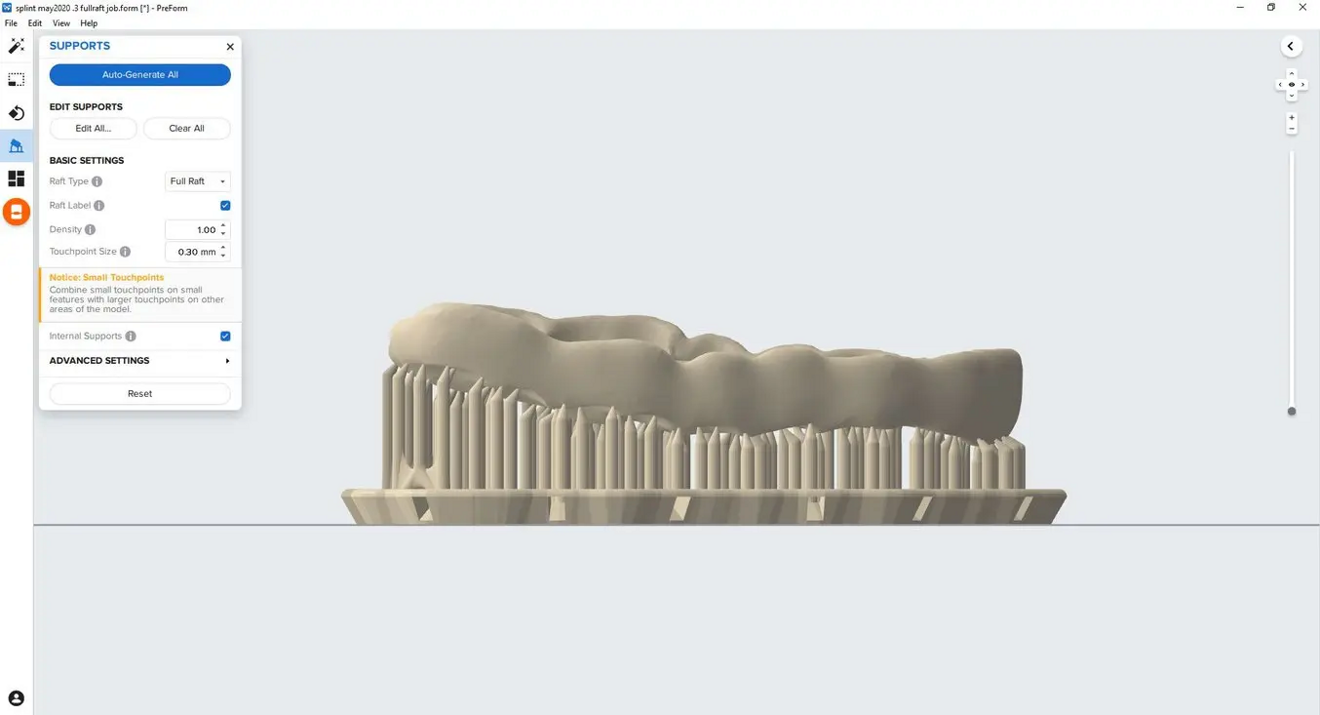
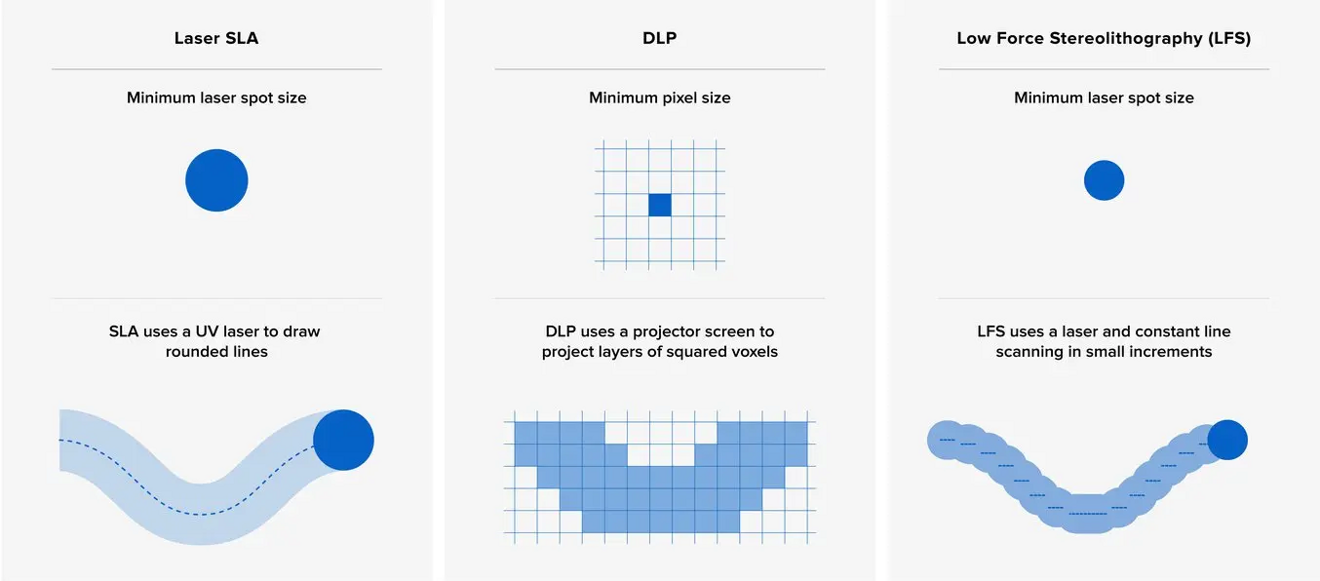
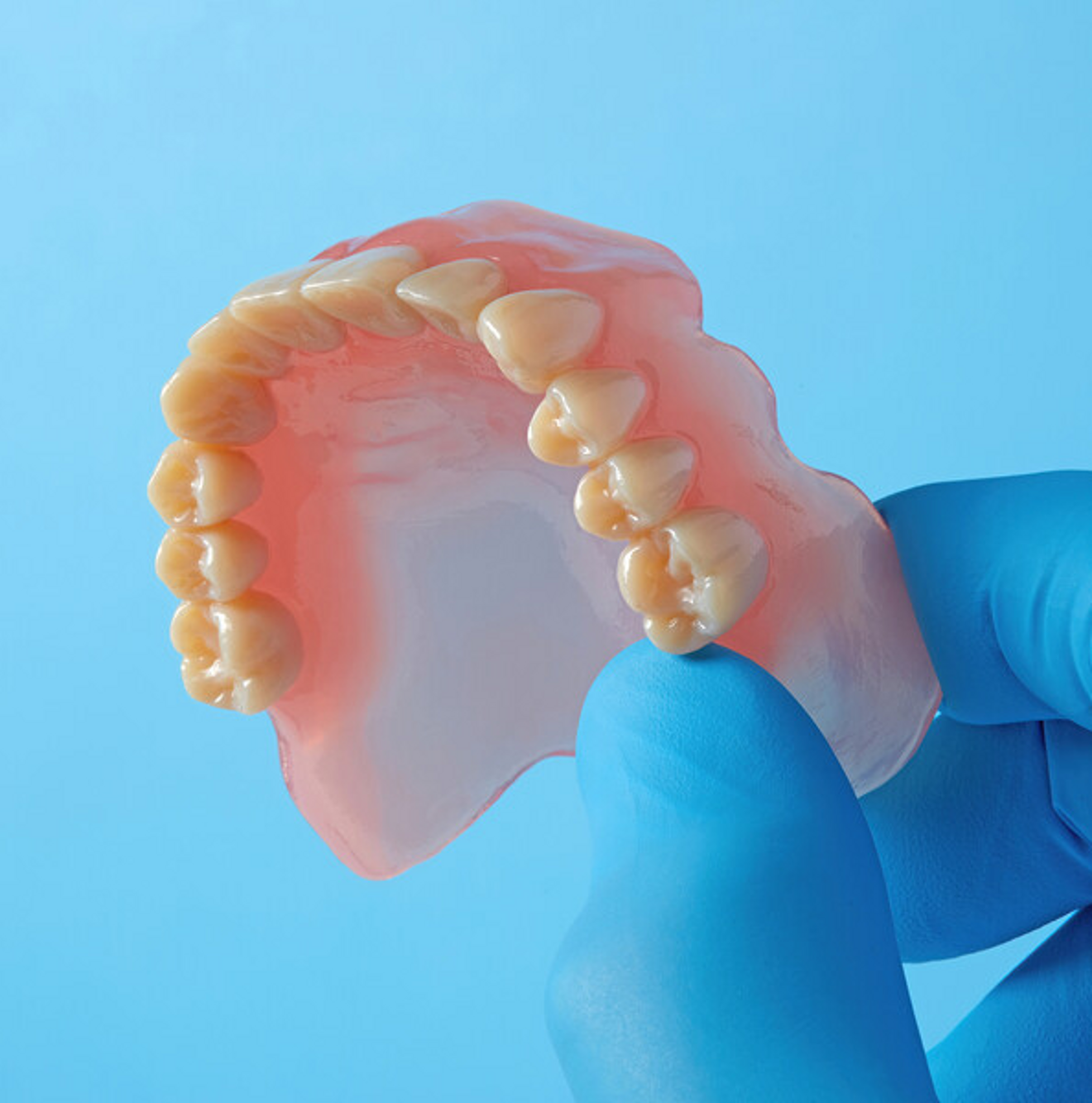
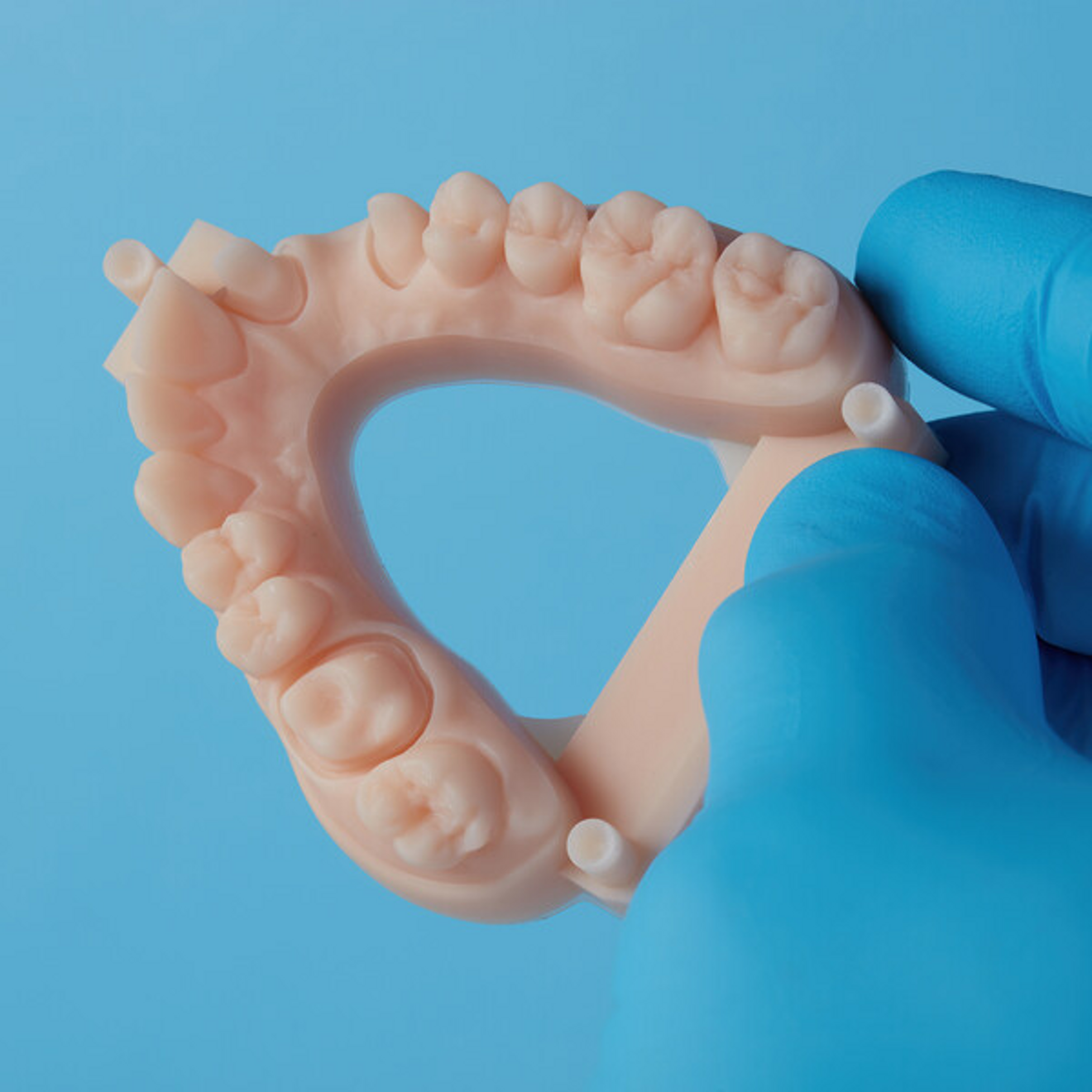
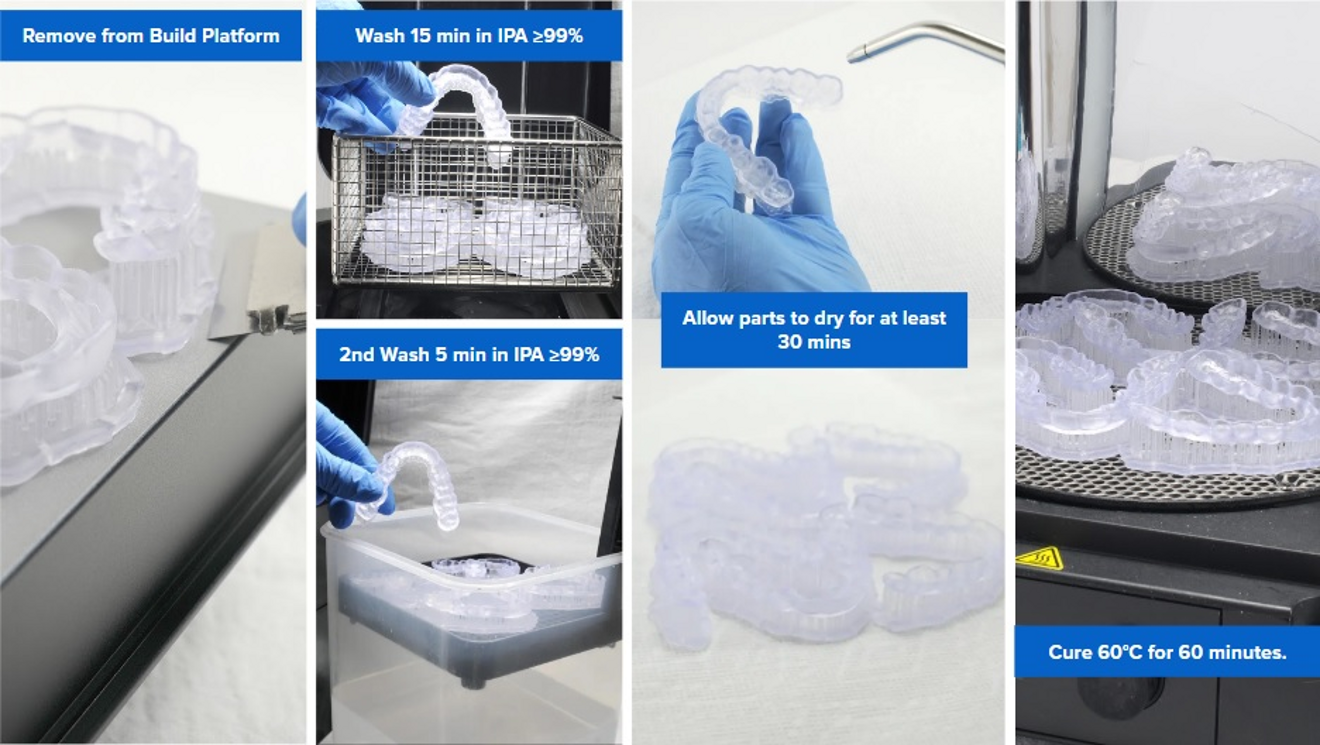
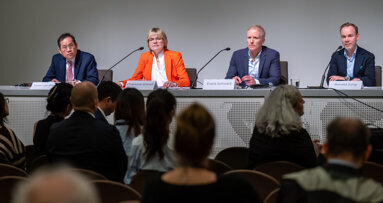
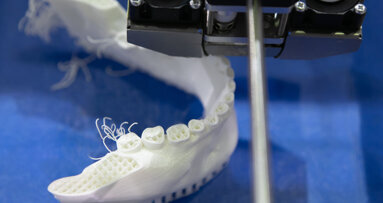
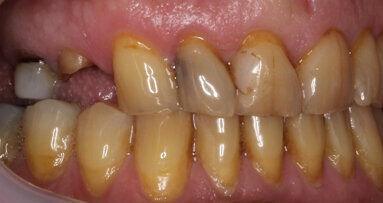
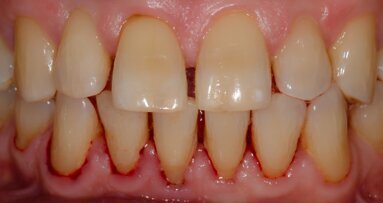
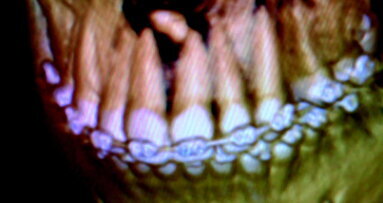
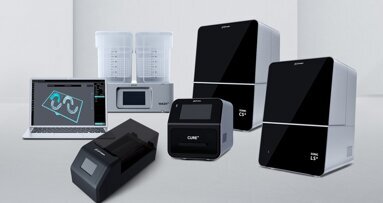
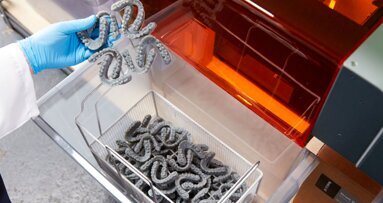
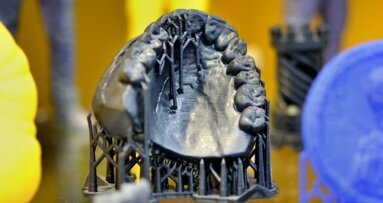
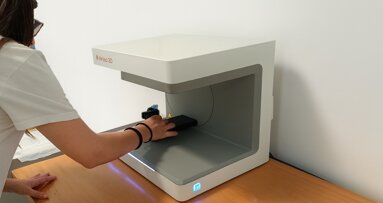
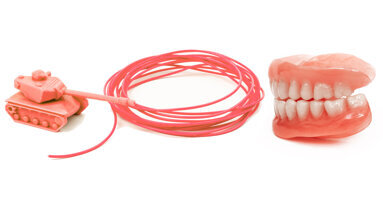







To post a reply please login or register